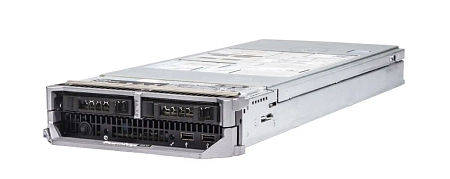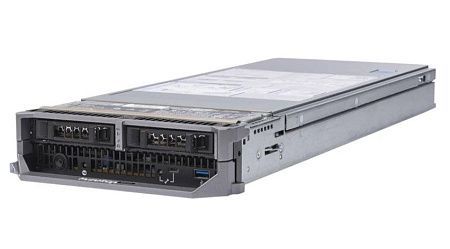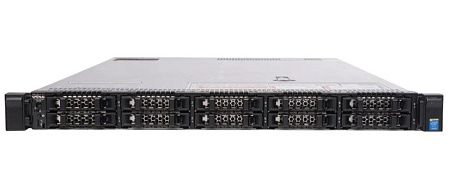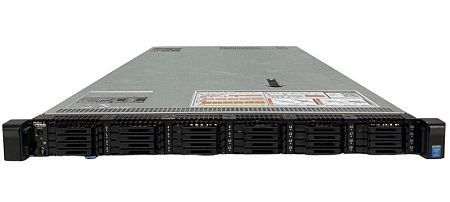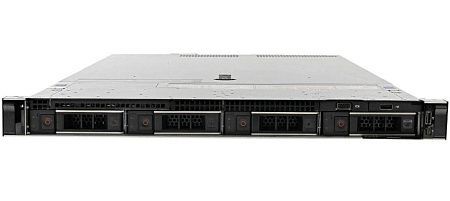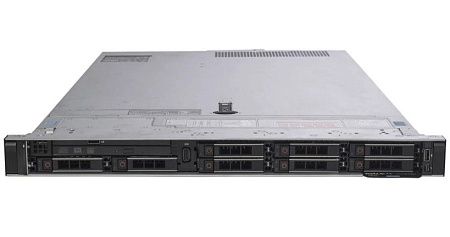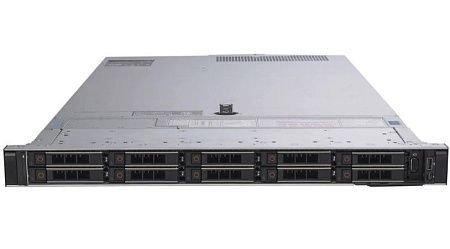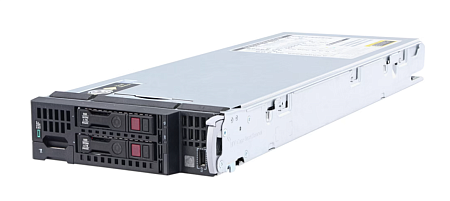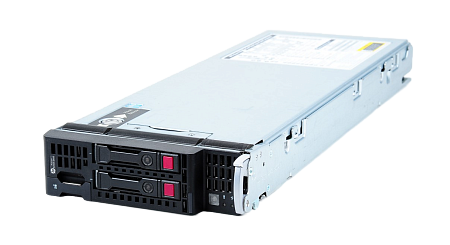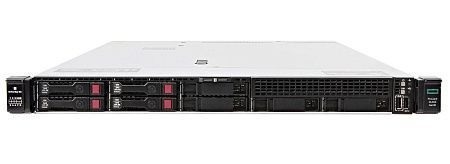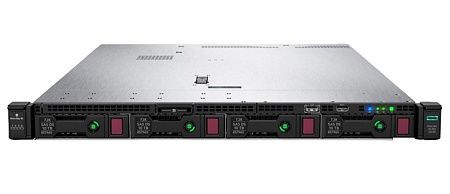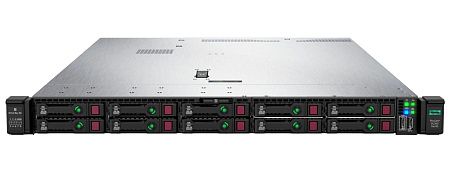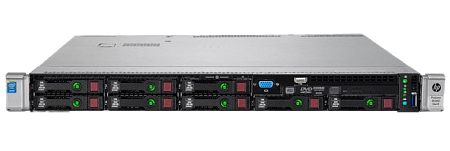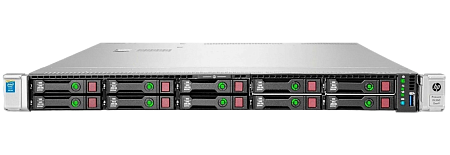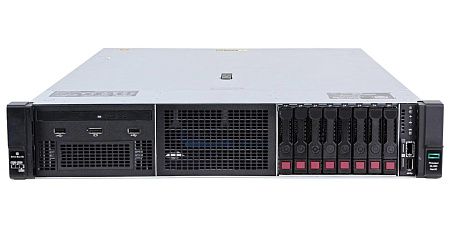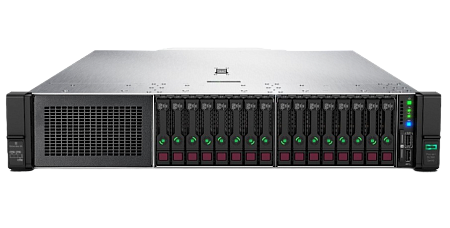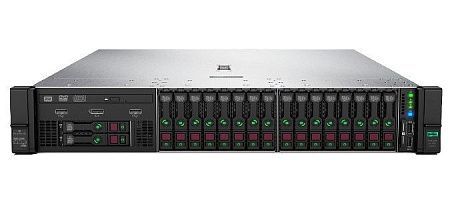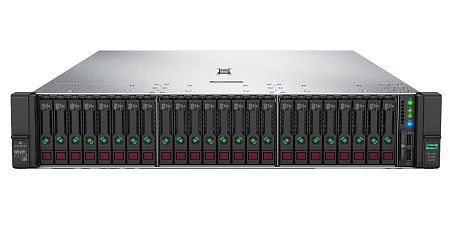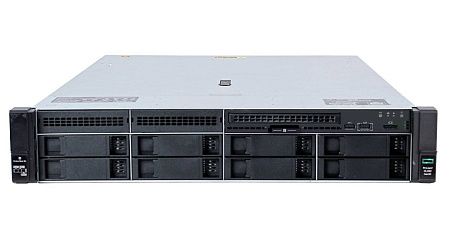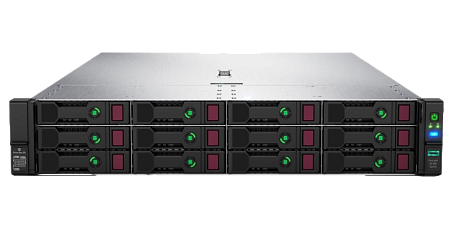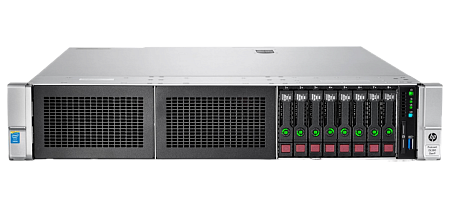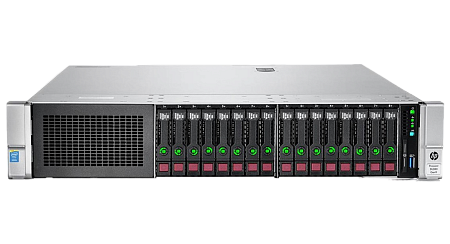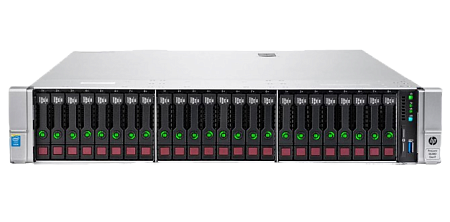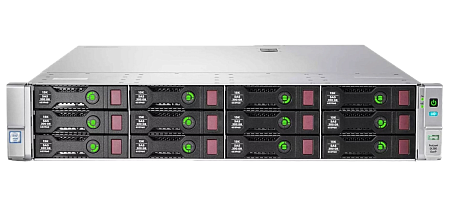Considering the blade and rack servers from the side, we can confidently state that they are different in their approach to the organization of server systems. Blade servers stand out for their compactness, are quite easy to maintain and have the ability to hot-swap components, while they have their own centralized management system.
Rack servers are flexible in the selection of components, are not tied to each other and have high availability. To work with rack servers do not need a huge capital, as they can be added as needed. This is why blade and rack servers deserve a high position in the server hardware market. Ultimately, it must be understood that the types of servers mentioned are computing equipment. That is why their main function is identical.
Read more about blade servers
Technically, blade servers are server systems that have multiple server modules. These modules are called blades and are installed in specific slots in the chassis. At first, blade servers will take a lot of time to set up correctly, and they are also demanding to have the right selection of components. Eventually, however, the server room owner will be able to enjoy an efficient and stable result.
Pros and cons of blade servers
Among the main advantages of blade servers stand out:
- Density and compactness: Blade servers allow any number of systems to be installed in a fairly small room. This feature is incredibly important when starting to open a server room.
- Ease of maintenance: Blade servers have hot-swappable parts such as hard disk, memory, and processor. In simple words, to replace or improve a server, it is not necessary to shut down the server or shut down other servers.
- Centralized management: Every blade server is equipped with a centralized management system, which makes monitoring, configuring and managing blades very fast and easy.
The aforementioned advantages of blade servers make these systems an ideal solution for young server rooms. However, this type of server has a few minor drawbacks, such as limited component selection and high start-up costs. It should not be forgotten that high packing density results in overheating of servers, which may lead to complete failure of the system.
Read more about rack servers
Rack servers are server systems that stand out by their installation methods in special racks. Such racks are placed in server rooms and data centers. Rack servers will be an excellent solution for small server rooms, as they have high expandability, autonomy and good cooling capacity.
Pros and cons of rack servers
Among the main advantages of rack servers stand out:
- Ease of maintenance: All server components are accessible and maintenance takes little time and financial investment. At the same time, it is not necessary to remove the server from the network in order to replace certain parts.
- Independence: Each server functions independently and does not depend on other systems. Thus rack servers are very reliable and in case of failure of one server there will be no global changes in the efficiency of the server room.
- Customizability: For rack servers, you can pick up components to suit any taste for any requirements. This feature allows you not to overpay for unnecessary power.
Considering rack servers, we can confidently state that these systems are reliable, economical and functional. However, as in other systems, rack servers have their own disadvantages, such as high power consumption. Also it should be understood that rack servers must be installed in special racks, and this increases the amount of the initial costs.
Blade Servers and Rack Servers Environments
Blade servers and rack servers are suitable for almost any environment. Nowadays, both types of servers are actively used in data centers and corporate server rooms. Not to forget about cloud providers who use rack and blade servers exclusively. Also, this option will be a great solution for companies with limited space, because they stand out for their compactness.
If you have any questions about which server is best suited for your needs, you can apply to our company "NewServerLife". We offer consultation, the ability to buy new servers at an affordable price and much more.
Specialists of our company are ready to help you purchase the server and select the necessary server configuration for any required task.


